So how will the coverage affect Australia and our native economic system? That is what you might want to know.

A tariff is a tax on imported items.
Whereas Trump has indicated they’re paid by the nation the tariffs are positioned on, they’re truly charged to the corporate that imports the great in query, which typically simply results in greater costs for shoppers.
What tariffs is Trump introducing and why is he doing it?
Within the first few weeks of his second time period within the White Home, Trump has already launched a raft of tariffs, together with 25 per cent on items from Canada and Mexico and 20 per cent on Chinese language exports.
The one we’re notably fascinated by, although, is a 25 per cent tariff on all metal and aluminium imports into the US, which incorporates these from Australia.
Trump has stated this may each elevate income for his authorities and enhance US manufacturing.
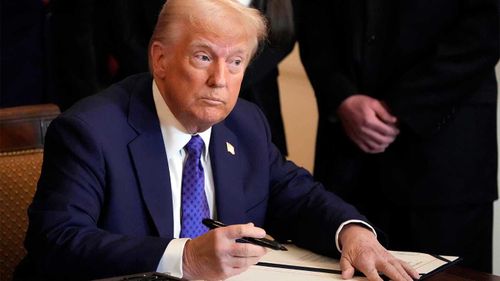
Why did not Australia obtain an exemption?
It is vital to notice no nations acquired an exemption.
“A 25 per cent tariff on metal and aluminium with no exceptions or exemptions will go into impact for Canada and all of our different buying and selling companions at midnight, March twelfth,” White Home spokesperson Kush Desai stated.
The place Australia is slightly completely different is that Trump stated he would “give nice consideration” to an exemption following a telephone name with Prime Minister Anthony Albanese final month.
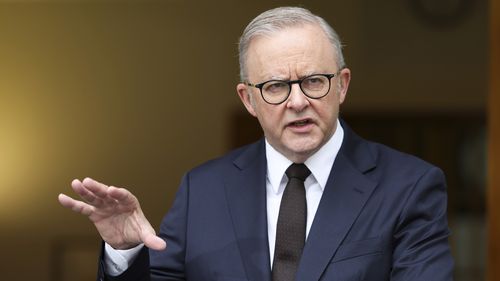
How will Trump’s tariffs have an effect on the Australian economic system?
The tariffs will clearly discourage US firms and shoppers from shopping for Australian-made metal and aluminium.
Nevertheless, the exports of these two metals to the US make up a miniscule fraction of Australia’s complete commerce output – “lower than 0.2 per cent of the overall worth of our exports,” Albanese famous – so it is unlikely to have a major affect on the general economic system.
Australia additionally solely exports about 10 per cent of its metal and aluminium to the US, so the remaining 90 per cent will not be immediately hit by the tariffs, however their affect will nonetheless nonetheless be felt within the sector.
“When it comes to exports, aluminium and metal are solely a fraction of the dimensions of Australian mining sector,” Dr Scott French from the College of NSW Enterprise College stated.
“So, in the event you’re Australia as an entire, the direct impact on miners is smaller. However it’s a much bigger general sector, so once you multiply that out it is in all probability the larger of the 2 impacts for Australia general.”
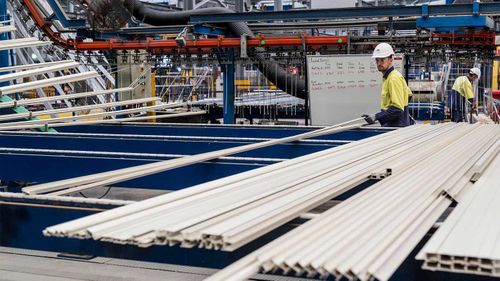
It might additionally spell hassle for particular metal and aluminium staff.
“This shall be dangerous for the steelworkers of the Illawarra and the aluminium staff of Portland,” College of Expertise Sydney chief economist Tim Harcourt stated.
The place the tariffs – not simply on metal and aluminium however all these introduced by the White Home – are having a broader affect is on the inventory change.
There are additionally considerations that the metal and aluminium taxes could lead on different nations, equally disadvantaged of free entry to the US market, to flood Australia with an inflow of low-cost produce, which might be a monetary hammer-blow to native producers.
“The one factor I’ve seen popping out of the trade is that they’re anxious about international merchandise flooding the Australian market and displacing the home manufacturing right here,” French stated.
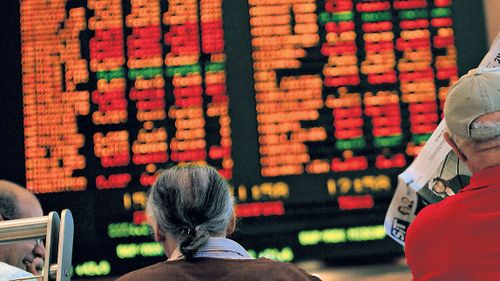
Are there any advantages for Australia from these tariffs?
Whereas saying there are advantages for Australia from these tariffs is a little bit of a stretch – there is a cause the federal authorities lobbied so exhausting for an exemption – there are some alternatives that can emerge.
Key amongst them is a rise in commerce with nations to our north-west.
“Australia already has commerce agreements with most of its Indo-Pacific buying and selling companions… I might anticipate commerce to select up between Australia and these different nations routinely,” French stated.
Harcourt says different nations, together with Canada, would even be within the body.
“The Albanese Labor authorities, to its credit score, has improved relations with… Europe and the rising markets of the Center East and North Africa (MENA) and Latin America,” he stated.
“We might truly get nearer to Canada beneath their new Prime Minister, given our comparable financial and political backgrounds (if not geography) and present scenario on metal and aluminium tariffs.”
Australian producers might additionally step into the void of US produce as different nations slap Washington with retaliatory tariffs.
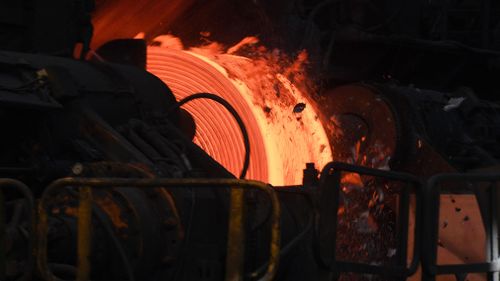
How is Australia responding?
Whereas Canada, China and Mexico have all hit again on the US with tariffs of their very own, Albanese stated Australia shall be taking a distinct route.
“Australia won’t be imposing reciprocal tariffs on the USA,” the prime minister stated.
“Such a plan of action would solely push up costs for Australian shoppers and enhance inflation.”
French says that’s the proper strategy.
“I can already really feel the push for protecting tariffs to maintain out international merchandise competing with home manufacturing,” he stated.
“I am very, very cautious of one thing like that as a result of I discover that Australia has accomplished properly by having very low commerce obstacles. And we do not need to return to the expertise from earlier many years the place native manufacturing was very extremely protected and really uncompetitive.”
As a substitute, Australia goes to proceed pushing for an exemption from the White Home, whereas on the identical time flagging new assist for native producers.
“Within the March finances, we’ll present further assist for our Purchase Australian marketing campaign which we’ll be asserting as a part of the finances course of,” Albanese stated.









